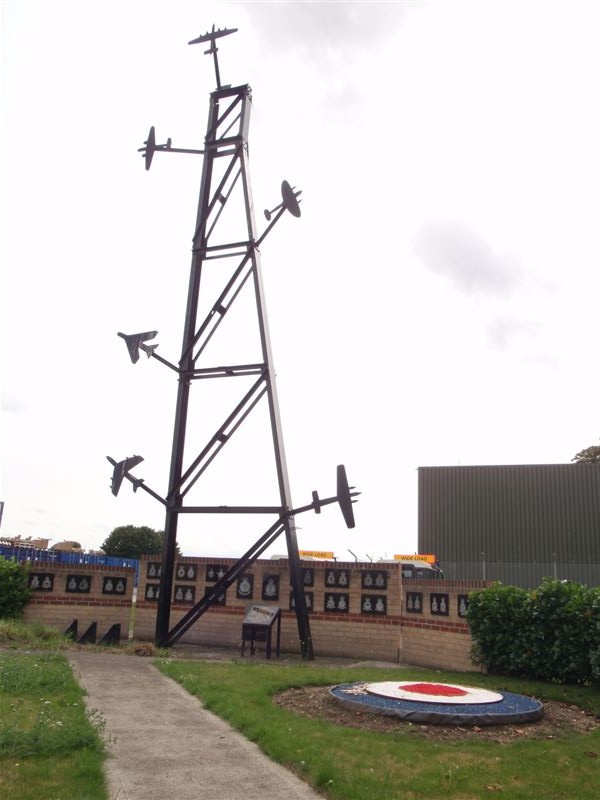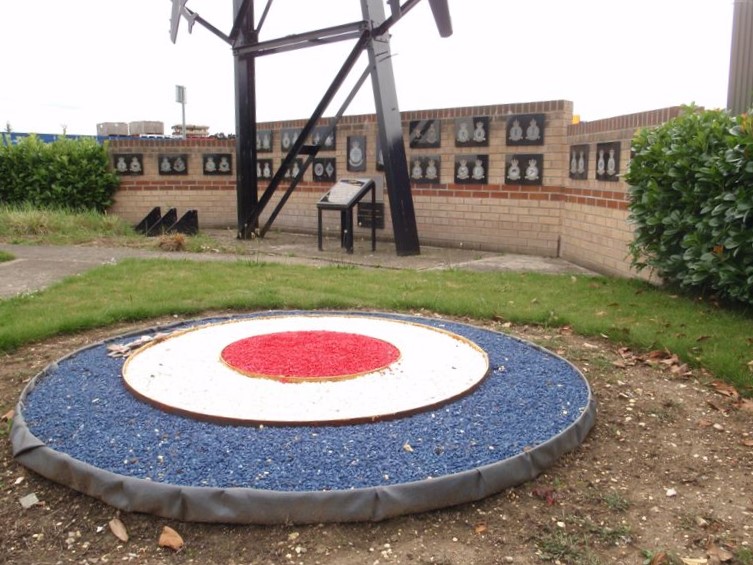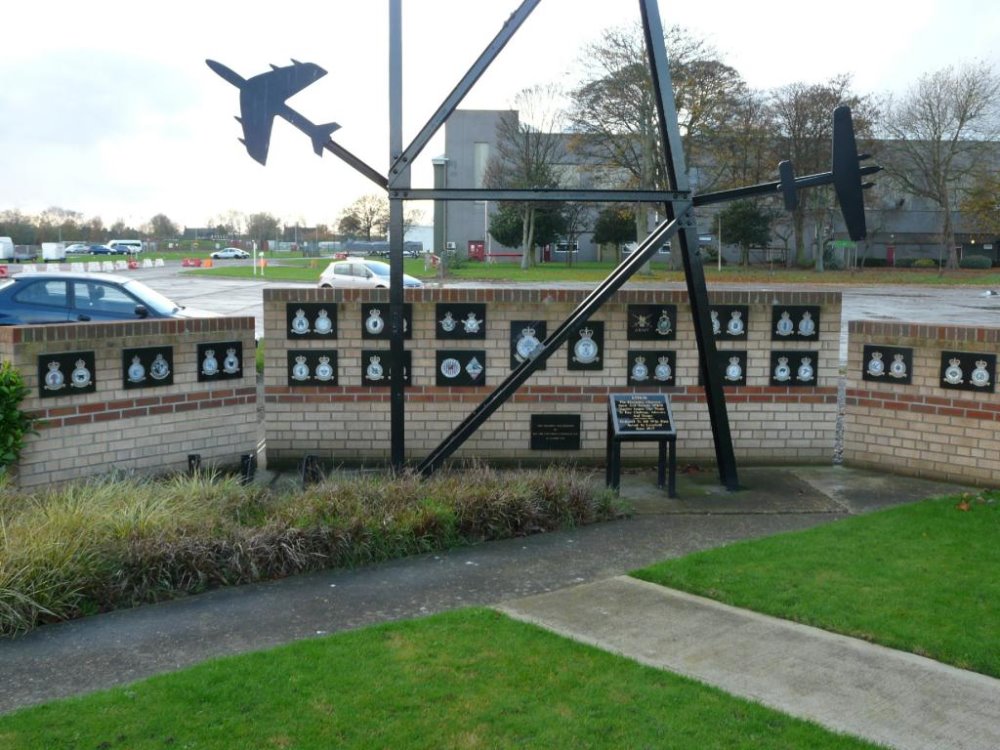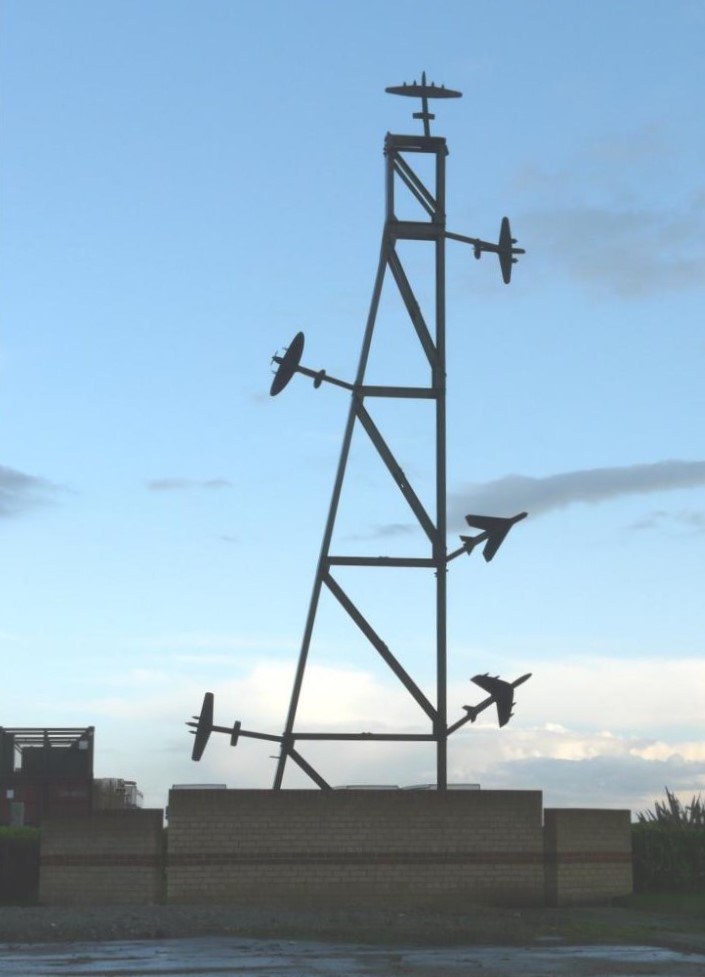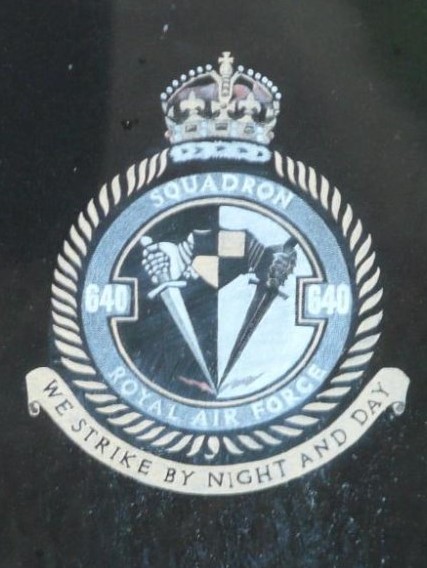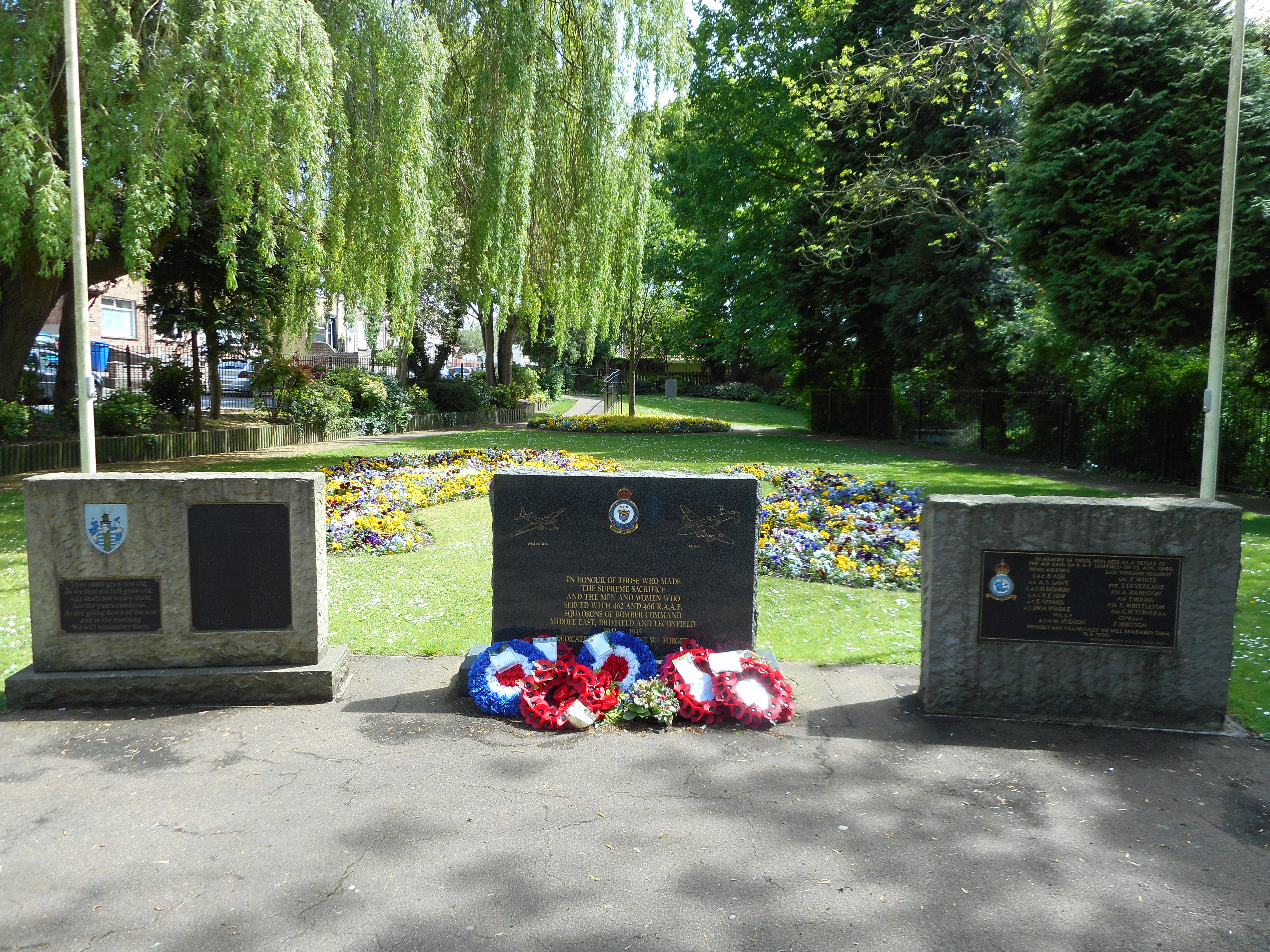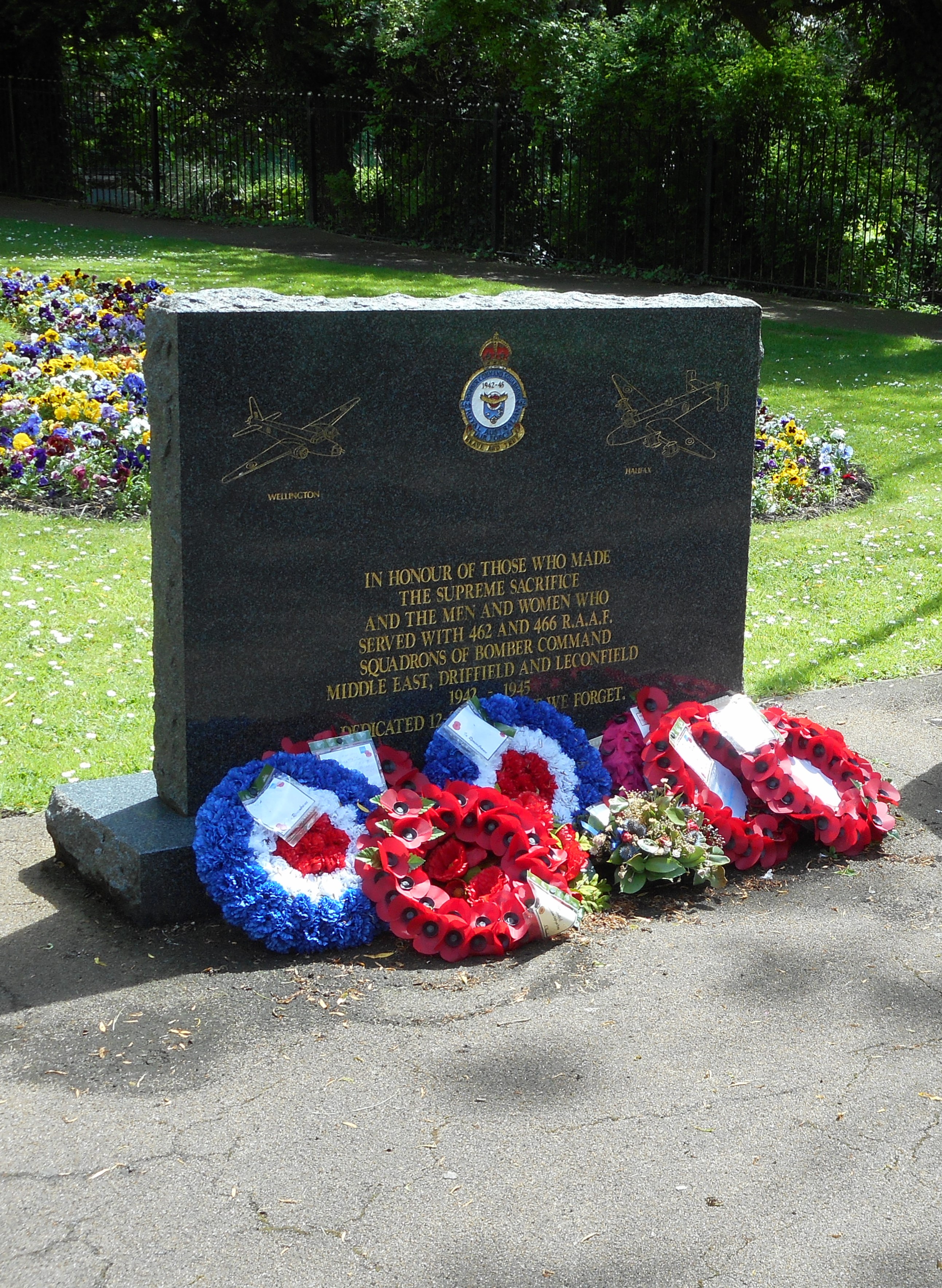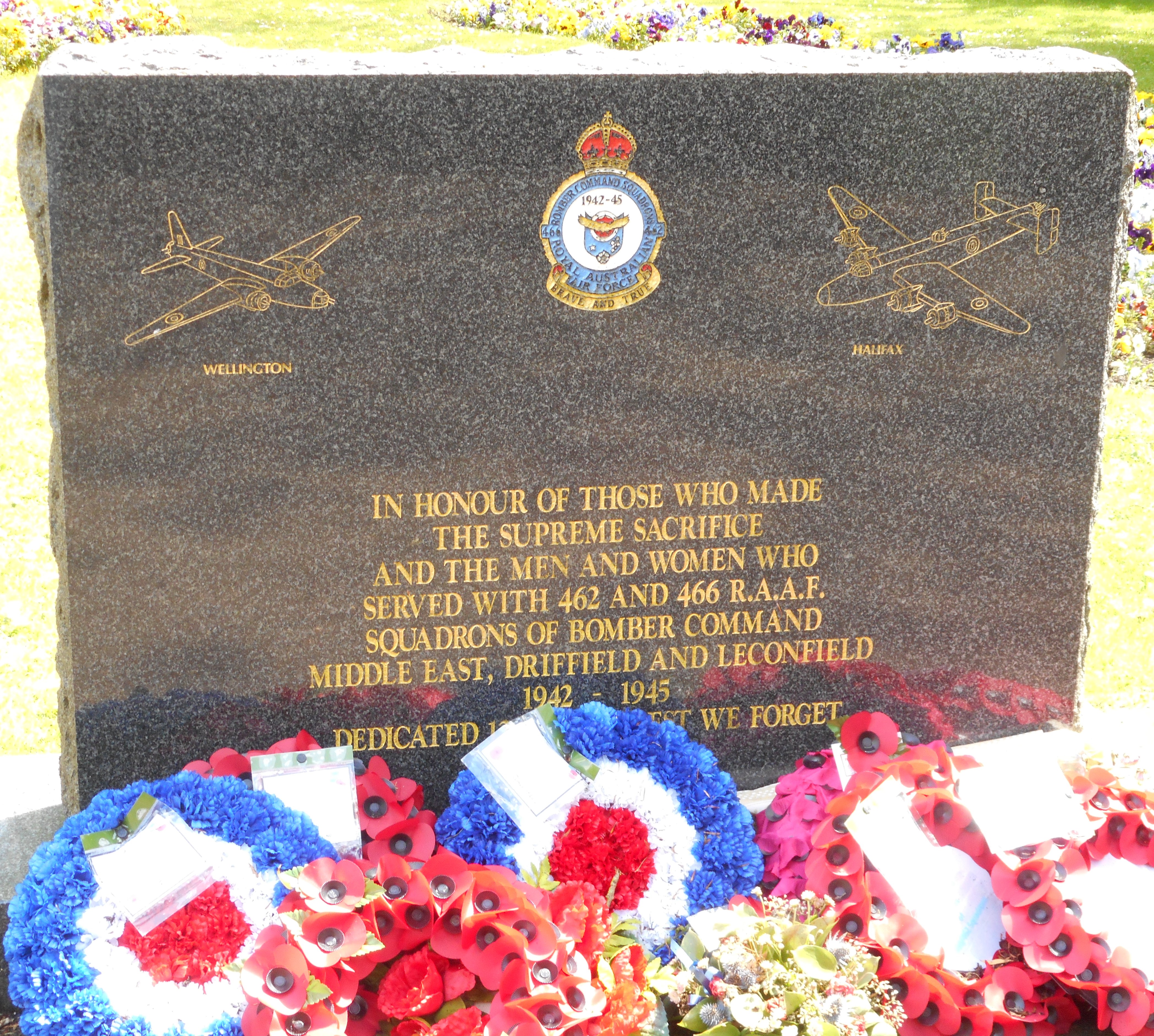Headford, Reginald Thomas Henry
Personal Information
| Rank | Sgt |
| Forename(s) | Reginald Thomas Henry |
| Surname | Headford |
| Gender | M |
| Age | 22 |
| Date of Death | 20-12-1943 |
| Next of Kin | Son of Edward William and Elizabeth Headford. Husband of Dorothy Joan Headford, of Chiswick, Middlesex. |
Aircraft Information
| Aircraft | Handley Page Halifax III |
| Serial Number | HX236 |
| Markings | HD-J |
Memorial Information
| Burial/Memorial Country | Germany |
| Burial/Memorial Place | Rheinberg War Cemetery |
| Grave Reference | Coll. grave 18. E. 19-25. |
| Epitaph | IN LOVING MEMORY OF MY DARLING HUSBAND. GOD BLESS ONE SO BRAVE. REST IN PEACE |
IBCC Memorial Information
| Phase | 2 |
| Panel Number | 179 |
Enlistment Information
| Service Number | 1321178 |
| Service | Royal Air Force Volunteer Reserve |
| Group | 4 |
| Squadron | 466 (Australian) |
| Trade | Air Bomber |
| Country of Origin | United Kingdom |
Other Memorials
| Location | Normandy Barracks, Leconfield, East Yorkshire |
| Country | United Kingdom |
| Memorial Type | Metal Sculpture Brick Pillars and Inscribed Sqn Badges |
| Memorial Text | A memorial to those who flew from RAF Leconfield, including 640 Sqn |
| Location | Memorial Gardens, North End Park, Driffield, East Yorkshire |
| Country | United Kingdom |
| Memorial Type | Inscribed Marble Memorial |
| Memorial Text | A memorial to the men and women of 462 and 466 Sqns RAAF who served in Bomber Command during WW2 |
Commonwealth War Graves Commission
The National Archives
| Record of Events (Operational Record Book) AIR 27/1925/24 |
| Summary of Events (Operational Record Book) AIR 27/1925/23 |
Fellow Servicemen
Please note that this list gives all the losses aboard the quoted aircraft and occasionally these may have occurred on an earlier date when the aircraft was not itself lost. Please check the dates of death carefully.
Last Operation Information
| Start Date | 20-12-1943 |
| End Date | 21-12-1943 |
| Takeoff Station | Leconfield |
| Day/Night Raid | Night (39% moon) |
| Operation | Frankfurt. 650 aircraft, 41 losses (6.3%). The German controllers were able to accurately plot the route as soon as the main force left the English coast and were therefore able to deploy night-fighters at many points along its route. A diversionary raid on Mannheim failed to draw off many fighters until the main raid was over. The target was mainly cloud covered whereas the forecast had predicted clear conditions. Marking did not, therefore, go to plan. The Germans used both decoy fires and also decoy target indicator. By a twist of good fortune, considerable creepback resulted in the bombing coming back over the city. Many public and municipal buildings were hit including many schools. 23000 people were bombed out of their homes. |
| Reason for Loss | Crashed in the vicinity of Wiesbaden, Germany |
